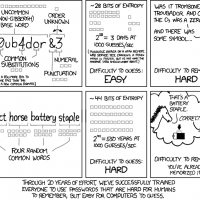Level 1 Merchants and Service Providers
Triaxiom is a PCI Certified Qualified Security Assessor (QSA) organization. As such, we are certified by the PCI Council to perform your QSA On Site Assessment for Level 1 Merchants or Service Providers. Our consultants have conducted countless PCI Compliance Assessments, filling out numerous Reports on Compliance and Self Assessment Questionnaires for organizations across a wide variety of industries.
Level 2, 3, 4 Merchant and Service Providers
Lower level merchants and service providers can leverage a Qualified Security Assessor (QSA) to assist them with determining their scope, what PCI requirements pertain to their organization, and assist with filling out their applicable Self Assessment Questionnaire (SAQ). Further, the SAQ will reflect that you had a QSA assist you, demonstrating to your clients and merchant bank that you had an unbiased third-party assess your compliance.










